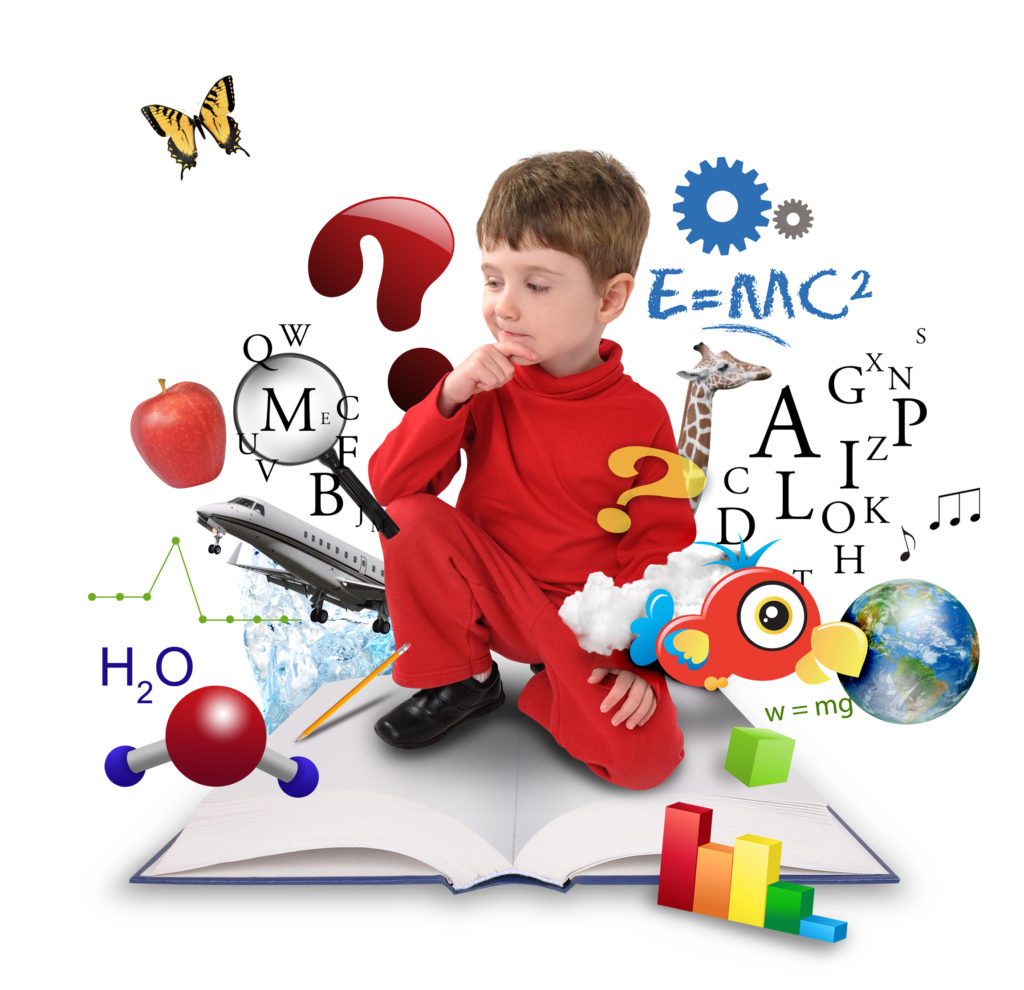Even with years, technologies are still a hot button issue. Some educators and students love and make use of technology flawlessly each day, while some hate it and don’t realise why they need to be made to put it to use in any way.

Moreover, complicating any discussion of the role of technology in schools could be the perceived inequality gap between rich and poor school districts. Some schools have the symptoms of endless helpful information on new technology (think iPads and 3D printers), while other schools have to use what wealthier schools might disregard as old.
On one hand, supporters of technology say that technology within the classroom encourages independent learning, teaches real-world life skills (e.g. crafting email messages, online etiquette), inspires creativity, and helps students experiment in disciplines including science by making use of more using new tools.
However, critics of technology within the classroom say that it results in distraction (particularly when students are checking Facebook rather than paying attention), fosters poor studying and research habits (e.g. just searching Google as an alternative to really researching an interest using library resources), and will result in problems like cyber bullying or even the invasion of privacy.
What’s clear is that there are particular trade-offs a part of technology. Educators shouldn’t view technology like a panacea which will magically teach students how to read every time they have access to an iPad. And students shouldn’t view tablets, phones, and 3D printers simply as toys in order to avoid the actual work of studying.
That’s why the key figure in any discussion about technology within the classroom (and out of the classroom) could be the teacher. If a US job for India teacher would like to supplement an in-class lessons with web resources, he or she must be also sure a lot of students have equal access to those resources. Some students may reside in a home with access to multiple computers and tablets, while some might reside in a home where there isn’t any access to fractional treatments.
The objective of technology must be to make learning quicker and much easier for all those students. Understanding that could mean challenging many assumptions about how precisely students learn best. By way of example, one trend from the U.S. educational strategy is “flipping the classroom,” through which online learning plays a crucial role. Unlike the standard classroom, where lectures take place in the school days and homework gets done through the night, a “flipped classroom” implies that students assist teachers on homework in the school day after which watch online video lectures through the night.
And there’s another ingredient that has to be looked at, and that’s the capacity for technology to organize students for the realm of the longer term. That’s the reasons why U.S. educators have become paying attention to computer science and coding – they’ve got even described coding/programming like a new fundamental skill within the digital economy, right close to literacy. In this instance, needless to say, it’s computer literacy that means something.
Whether it’s online education, iPads, gaming or BYOD, technology will have a vital role in the future development of education. It’s essential for any teacher to understand the various issues playing anytime they introduce technology into the lesson plan as well as the overall classroom experience.
For more info about US job for India teacher check our web portal: click for more
